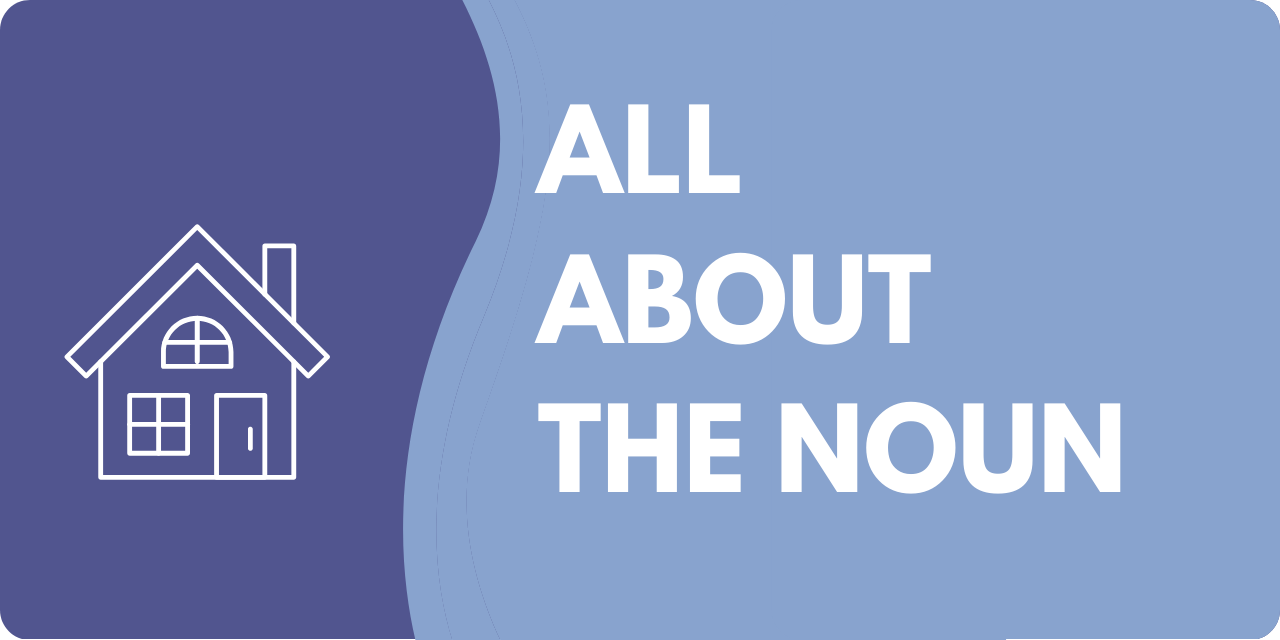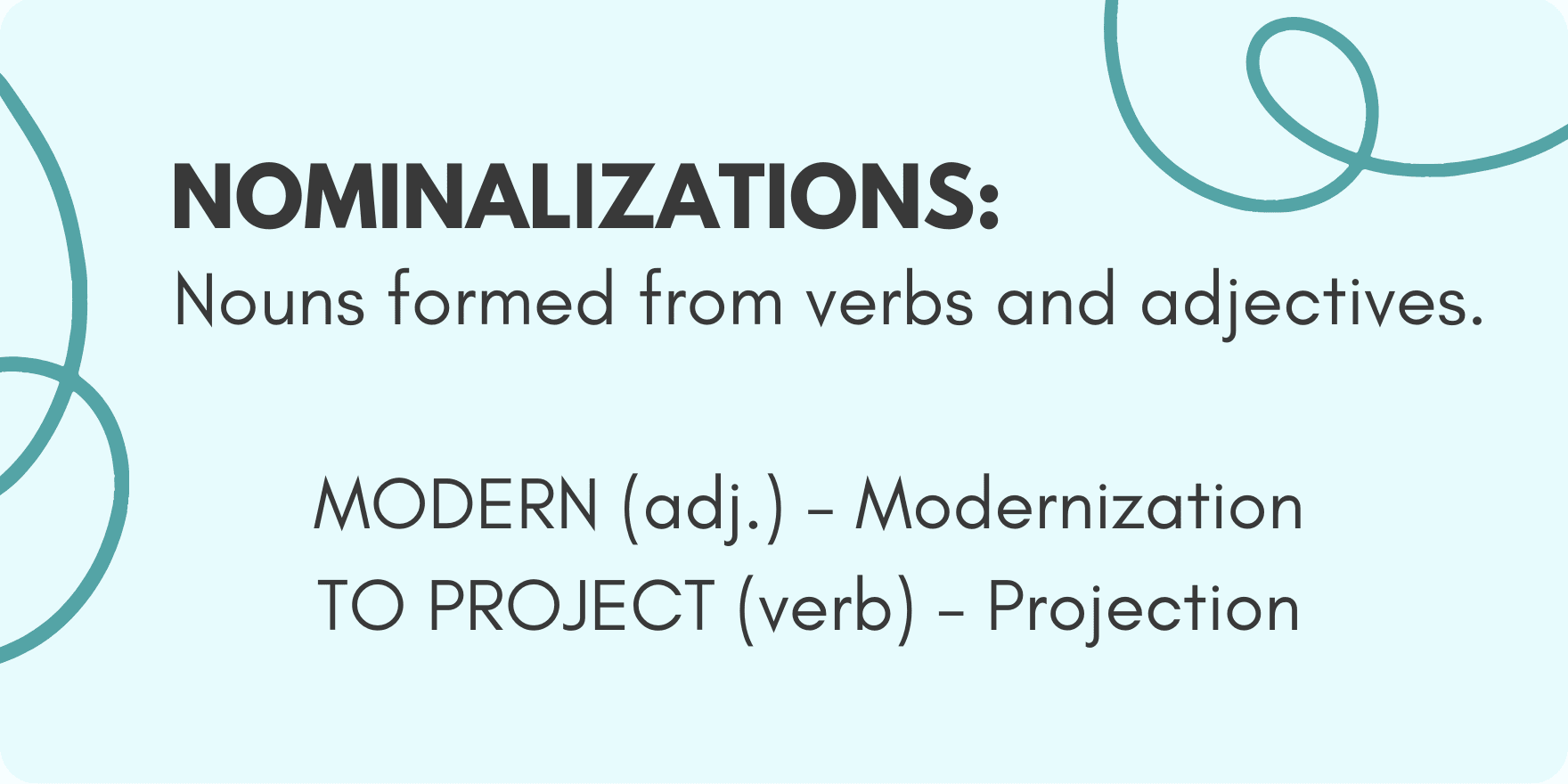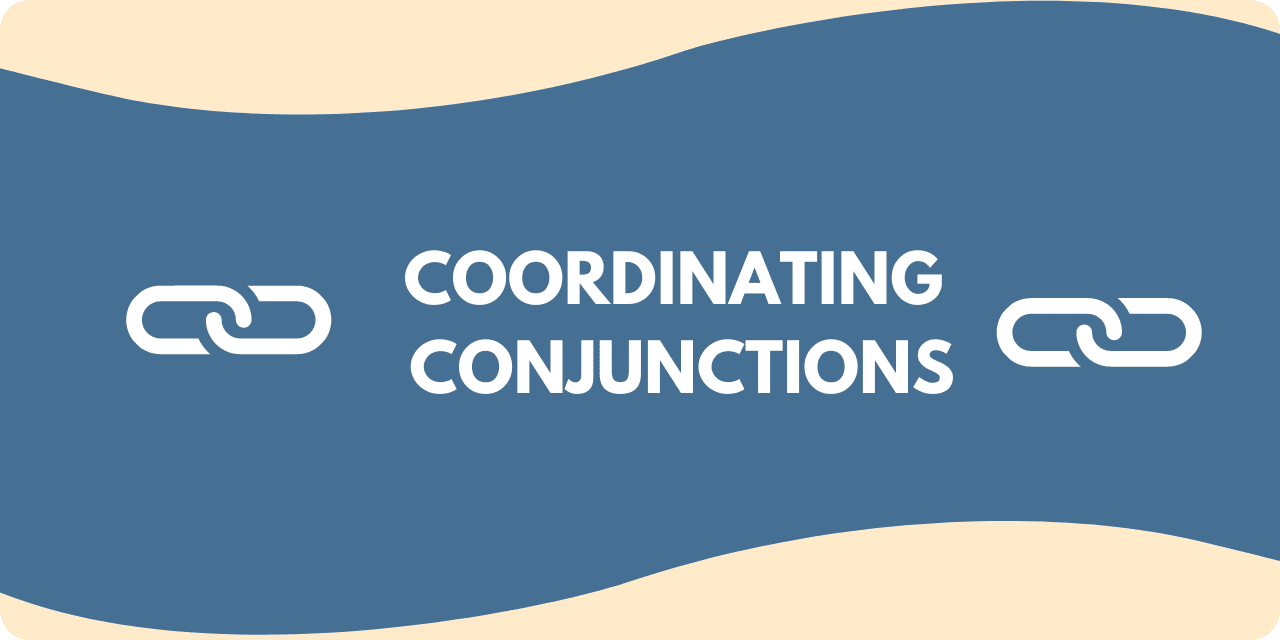To understand plural nouns, we must understand that singular nouns are words that describe a single person, place, thing, abstract idea, or thought. In most cases, plural nouns refer to multiple of these and are often formed by adding an “-s” at the end of a singular noun. There are, however, some tricky types called irregular nouns, which don’t go by any specific rules.
What Are Some Basic Plural Noun Rules?
For the majority of plural nouns, there are some basic rules which they follow. Let’s look at some useful rules!
Add An “-s” To Regular Nouns
To make an average/regular noun plural, you should add an “-s” to the end. For instance:
- Singular: Cat
- Plural: Cats
- Singular: Dog
- Plural: Dogs
Add An “-es” To The End Of Certain Plural Nouns
For any average nouns that end in “-s,” “-sh,” “-ss,” “-ch,” “-z,” or “-x,” you should add an “-es” to the end! For example
- Singular: Bus
- Plural: Buses
- Singular: Church
- Plural: Churches
Double The Last Letter Before Adding “-es”
For some nouns that end in an “s” or “z,” you must repeat the last letter before adding the “-es.” For instance:
- Singular: Gas
- Plural: Gasses
Change To “-ve” And Add “-s”
For nouns that end with “-fe” or “-f,” you should often change the end to “-ve” and then add an “-s” to make it plural. For example:
- Singular: Knife
- Plural: Knives
- Singular: Wife
- Plural: Wives
Change The Ending To “-ies”
If you are working with a singular noun that ends with a consonant followed by a “-y,” you can change the end to “-ies” in order to make it plural. For example:
- Singular: Party
- Plural: Parties
- Singular: Guppy
- Plural: Guppies
Add An “-S” To Some Nouns Ending With “Y”
If your noun ends with a vowel followed by the letter “y,” you can simply make it plural by adding an “-s.” For instance:
- Singular: Boy
- Plural: Boys
Add An “-es” To Words Ending With “-o”
If your noun ends with an “-o,” you should add “-es” to the end to make it plural. For example:
- Singular: Tomato
- Plural: Tomatoes
- Singular: Tornado
- Plural: Tornadoes
There are a few common exceptions, one of the most common being “volcano,” which simply turns into “volcanos” when plural.
Add An “-i” To Nouns Ending In “-us”
If your noun ends with an “-us,” you should replace it with an “-i” to make it plural. For example:
- Singular: Locus
- Plural: Loci
- Singular: Cactus
- Plural: Cacti
Change Word That End In “-is” to “-es”
If your noun ends with “-is,” you should change it into an “-es” to make it plural: For instance:
- Singular: Ellipsis
- Plural: Ellipses
Add An “-a” To Nouns Ending With “-on”
If your noun ends with an “-on,” you should change the ending to an “-a” to make it plural. For example:
- Singular: Phenomenon
- Plural: Phenomena
Nouns That Can Stand On Their Own
There are some nouns that can stand on their own when they are plural and singular. These are some common examples:
- Sheep
- Species
- Deer
- Elk
Additionally, there are some nouns, such as “fish,” which can stand on their own in some situations and must be added to in others.
Irregular Nouns
As mentioned earlier, there is no set of specific rules by which irregular nouns follow. In other words, the best way to deal with irregular nouns is to work with them and memorize some of their forms. Some common irregular nouns include:
- Singular: Goose
- Plural: Geese
- Singular: Ox
- Plural: Oxen
- Singular: Mouse
- Plural: Mice
You can find a more expanded list here.
Summary Of Plural Nouns
In the end, plural nouns are a version of nouns that are used to describe more than one thing in a situation. You can simply add an “-s” or “-es” to the end of most nouns to make them plural. However, others are more complicated.
Additionally, there are some plural nouns that are actually irregular, meaning that they don’t follow any specific rules. For these irregular nouns, you must memorize their singular and plural forms individually in order to know how to use them correctly!






